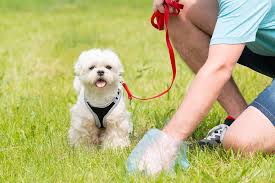
What steak bones are safe for a dog? Raw steak bones are the better option than cooked steak bones because they don’t splinter as easily. A raw steak bone is stronger, so your dog can chew on it for hours and probably never break a piece off, but a cooked bone can break apart more easily.
What happens if a dog eats at bone steak? If your pup does eat a raw bone, there is a risk of contamination with food-poisoning bacteria. Salmonella and Campylobacter are two bacteria that can be found on raw meat and cause vomiting and diarrhea in our dogs. It can cause the same in humans handling the bones or in contact with the dog.
Can dogs eat cooked Tomahawk steak bones? Be aware that any bone may cause a digestive upset in a dog. Cooked Bones Cooked, brittle bones are more likely to splinter which may cause fractured teeth and possible perforation of the intestine or throat either on the way down or on the way back up if the dog vomits.
Can I give a dog a cooked steak bone? Cooked dog bones are never safe to give to your dog as they splinter more than raw bones. Dogs should not eat cooked rib bones, T-bone steak bones, or other cooked bones like pork bones or chicken bones. As your dog chews on a cooked bone, it can crack and break.